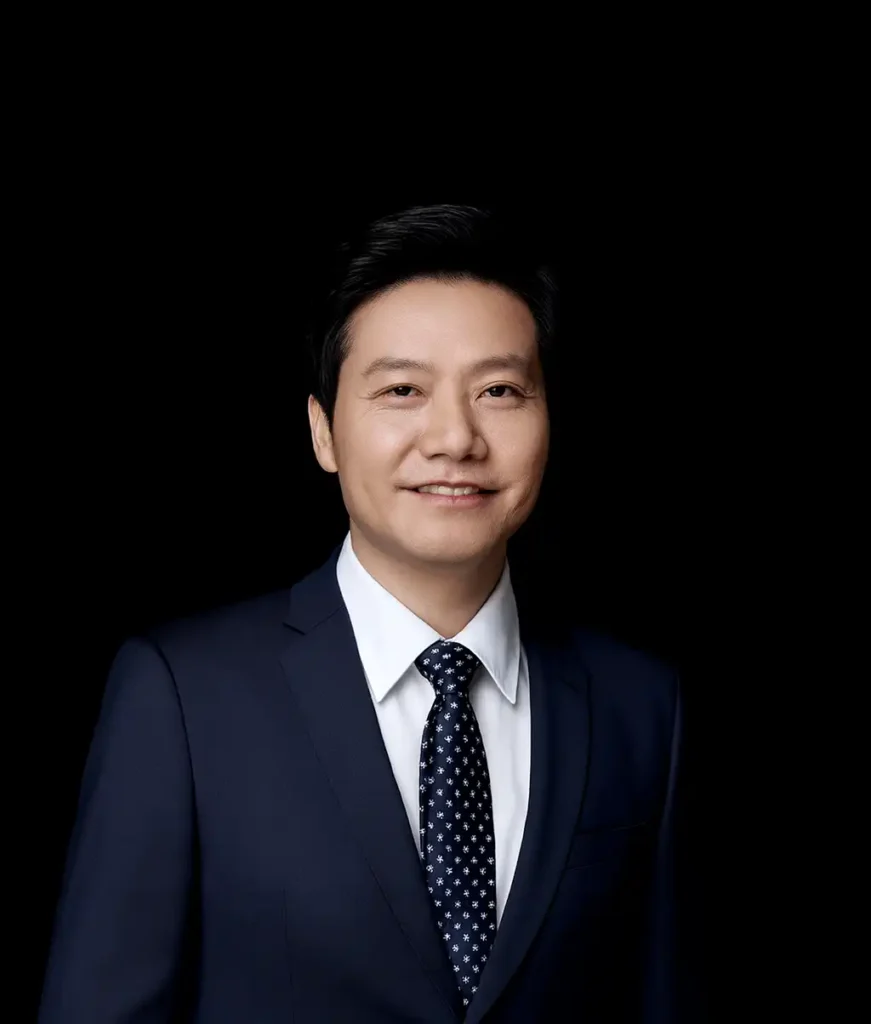Breaking Barriers
Navigating the Gender Abyss in Journalism

In the ever-evolving landscape of journalism, where the pen is undeniably mightier than the sword, a persistent battle still rages on—the battle against gender disparities. As we traverse the corridors of newsrooms and dissect the by-lines that grace our daily reads, a stark truth unveils itself: the world of journalism is far from achieving equality.
A Glass Maze, Not a Ceiling
Step into the fast-paced world of news reporting, and you’ll find a narrative that often side-lines the women who play vital roles in shaping the news we consume. The notorious glass ceiling, a metaphor for the invisible barriers hindering women’s upward mobility, is better described as a labyrinth—a complex maze of societal expectations and institutional biases.
Picture this: a newsroom bustling with activity, the rhythmic hum of keyboards, and the persistent buzz of telephones creating a symphony of information. Yet, amid this orchestrated chaos, a subtle discord lingers—the underrepresentation of women in pivotal journalistic roles. Despite remarkable strides over the years, the by-lines and mastheads of many esteemed publications continue to bear the imprint of male dominance.
Why does this gender abyss persist in a field dedicated to unraveling the layers of society? The answer is complex, a blend of deep-rooted societal norms, systemic biases, and the perpetuation of a historical legacy. The lens through which news is filtered is, more often than not, tainted by the unconscious biases of those who hold the power to decide what stories are told and how they are told.
One of the most glaring manifestations of gender disparity lies in the top echelons of newsrooms. The glass ceiling, though cracked, remains intact for many women aspiring to reach leadership positions. Research reveals that women are underrepresented in newsroom leadership roles, a fact that directly impacts the narratives we consume. Without diverse voices shaping the discourse, journalism risks becoming a mere echo chamber, amplifying a limited spectrum of perspectives.
The Wage Abyss: Equal Work, Unequal Pay
While bylines may bear no gender, the same cannot be said for pay checks. The wage gap, that ghost from the past, persists in newsrooms despite advancements. Equal qualifications and achievements do little to bridge the chasm between what women earn compared to their male counterparts. Feminists rally for transparency, revealing a stark reality—women earn half as much as men in similar positions. For women of colour, the numbers are even more disheartening, with earnings falling below 70 cents for every dollar earned by a white man.
The problem extends beyond the newsroom hierarchy and permeates the very stories we read. An analysis of news content often uncovers subtle gender biases, reflecting and perpetuating societal stereotypes. Women are frequently pigeonholed into specific beats, their expertise marginalized or overlooked. Issues deemed “feminine” are segregated from mainstream news, perpetuating the illusion that they are secondary to broader societal concerns.
A Call to Action: Breaking The Shackles
However, amidst the shadows of disparity, glimmers of hope emerge. The advent of digital journalism and the rise of independent platforms have provided a much-needed platform for marginalized voices. Social media, in particular, has become a powerful tool for women journalists to circumvent traditional gatekeepers and share their stories directly with a global audience. The #MeToo movement, fuelled by brave journalists, showcased the transformative impact of amplifying women’s voices and holding power accountable.
Initiatives advocating for gender equality in journalism, such as mentorship programs and diversity training, are gaining momentum. News organizations are recognizing the imperative to not only hire more women but also to provide an inclusive and equitable work environment. Change is happening, albeit gradually, as the industry grapples with the pressing need for diverse perspectives.
In the pursuit of dismantling gender disparities in journalism, it is crucial to acknowledge that the fight is not solely a women’s battle. Men must be active allies, recognizing the inherent value of diverse voices and actively working towards dismantling the barriers that restrict women from realizing their full potential in journalism.
As we stand at the crossroads of progress and tradition, the call for change resonates louder than ever. Journalism, as the Fourth Estate, plays a pivotal role in shaping the collective consciousness. It is time for the industry to embrace its responsibility and forge a path toward a future where gender disparities are but a distant memory—a future where the stories we read reflect the rich tapestry of human experience in all its diversity and complexity.
You may be interested in reading other Magnav Magazine articles such as The Good, the Bad and the Ugly Side of Social Media Influencers, The Enchanted ‘UTOPIA’ of Dubai, Nutritious Skin Reduces the amount of Makeup You may Need, Digital Landscape Influencing The Magazine Industry, and Navigating the Unspoken Realm of Female Infertility.


